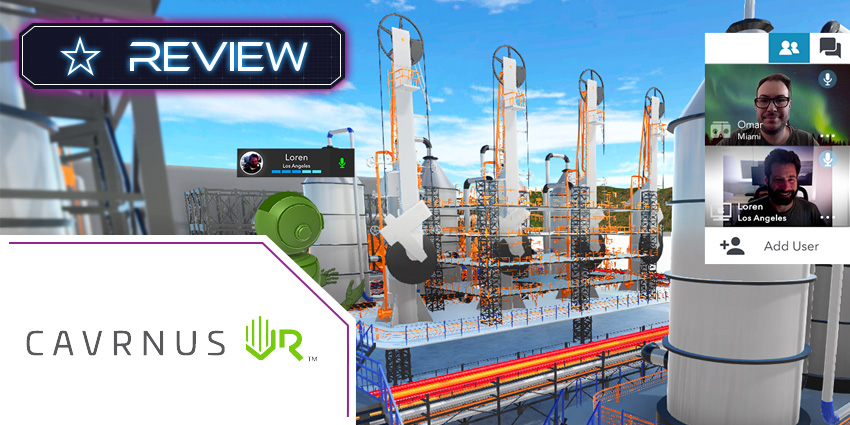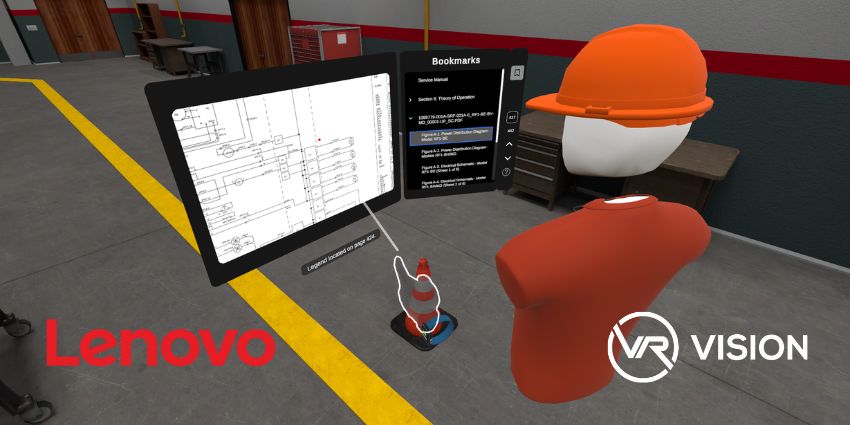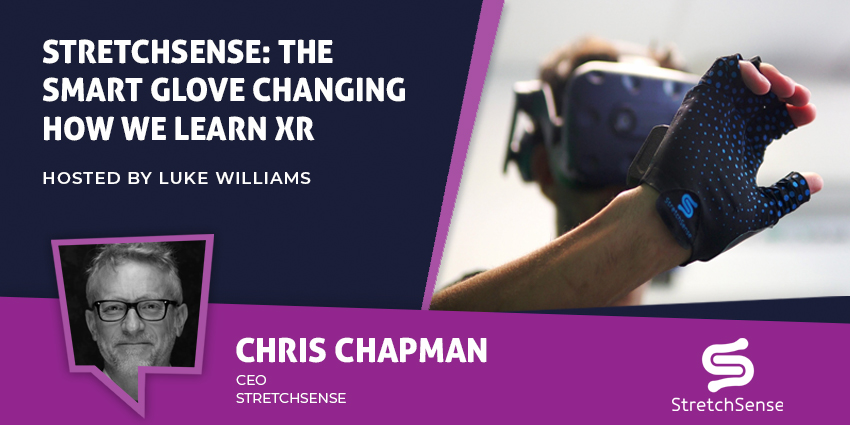Founded in 2016, Cavrnus is an end-to-end virtual collaboration solution for companies looking to switch to VR. It covers important use cases like employee training, ops management, facility planning, product engineering, sales, and corporate education, providing a truly complete value proposition.
Its target audience is any company engaging in physical product design with 3D visualisation requirements – we’d predict a large potential user base in engineering, manufacturing, and the public sector. Here is a quick review of the Cavrnus platform, and a rundown of its most differentiating features.
What are the Key Features of Cavrnus?
Cavrnus is a platform for “spatial simulation and collaboration” which means that you can not only talk to your colleagues on Cavrnus, but you can also build/create together. Here are the features that make this possible.
3D design and simulation
Cavrnus boasts of an import pipeline supporting 30+ file formats for 3D objects. The changes you make on Cavrnus, including annotations on 3D objects, whiteboard edits, and materials changes, are fully exportable. You can access content created in Cavrnus even without logging in. currently, Cavrnus supports CAD imports and 3D interactivity as well.
Compatibility across environments
Cavrnus is perfectly suited to multi-environment enterprises, with out of the box cross-platform compatibility. You can connect desktops (both macOS and Windows), smartphones, and tablets. The company partnered with a third-party software firm to offer WebRTC experiences on desktops. Finally, you can use Cavrnus from a headset of your choice, including HTC Vive, Oculus, and Magic Leap.
Collaboration enablers
Cavrnus supports a variety of collaboration features such as on-the-fly content sharing, virtual white boarding, presentations, and voice/video streaming. Interestingly, participants appear almost as they would in a Zoom call – i.e., without a 3D rendered avatar. This could help make Cavrnus less resource-intensive than its competitors, making room for a more seamless experience.
On-premises deployment options
Deployment is always an important consideration for enterprise collaboration technology, and sometimes, it’s what tips the scales. Companies wary of using shared public cloud resources could choose to deploy Cavrnus on-premises, keeping data sharing restricted to a local site. There is also secure end-to-end encryption for usage in sectors like banking, healthcare, etc.
What are the Benefits of Leveraging Cavrnus?
Cavrnus’ biggest USP is its breadth of capabilities for designers. Not only can you import existing 3D renderings into the virtual collaborative space but you can also document alterations, export versions, and maintain transparency through the entire design/prototyping process. Cavrnus has APIs and SDKs to introduce automations and build custom solutions, adapting to your precise business needs.
What’s Next with Cavrnus?
Cavrnus is all set to partner with Unreal Engine, to enable photorealistic and physically accurate 3D visuals in your work environment. This could revolutionise collaborative processes in consumer goods, architecture, television, and other design-heavy industries by helping you make smarter decisions.
You can apply for early access to the new Cavrnus platform powered by Unreal Engine here.







